Best Survival Food To Grow

The best survival food to grow while enduring a long-lasting breakdown of supply chains that bring food to grocery stores. This is ‘next level’ prepping and preparedness. It is beyond ordinary emergency food storage. It is prepping for a more extended period of food scarcity and availability.
The events and scenarios that may cause this scarcity may seem unlikely. But the fact is that it could happen. The circumstances exist. If you’re a prepper seeking a much higher level of preparedness, this would be among the top priorities for survival — food! Food that you can grow.
Suppose you are already a farmer, great! If you are already a homesteader with gardens galore, great! But if you have only dabbled in gardening or wonder what some of the best foods to grow for survival might be, let me provide my opinion.
Let’s talk about food, the second most crucial thing after water (but that’s another topic). In these uncertain times, we can’t afford to take our food supply for granted. When the supply chain stops, what you have will be all there is—unless you can grow your own.
Emergency food storage is a ‘must-have’ first step. The more you have, the longer you will eat. The longer you will survive. But at some point, your food will run out. And that will likely happen sooner than you expect. If things get really bad, you may go hungry and suffer some extent of starvation. It has happened before, and we are more dependent than ever before.

Ready Hour -Emergency Food Supply
SHTF happens all over the world, all the time. It is happening right now. People are starving. Could it happen to you? It could.
Best Survival Food To Grow For SHTF
What is the best survival food to grow? This question has guided my gardening journey for many years, and I’m sure many of you can relate. My experiments on my homestead, influenced by my geographical location, climate, and soil conditions, have led me to some conclusions that may also resonate with you.
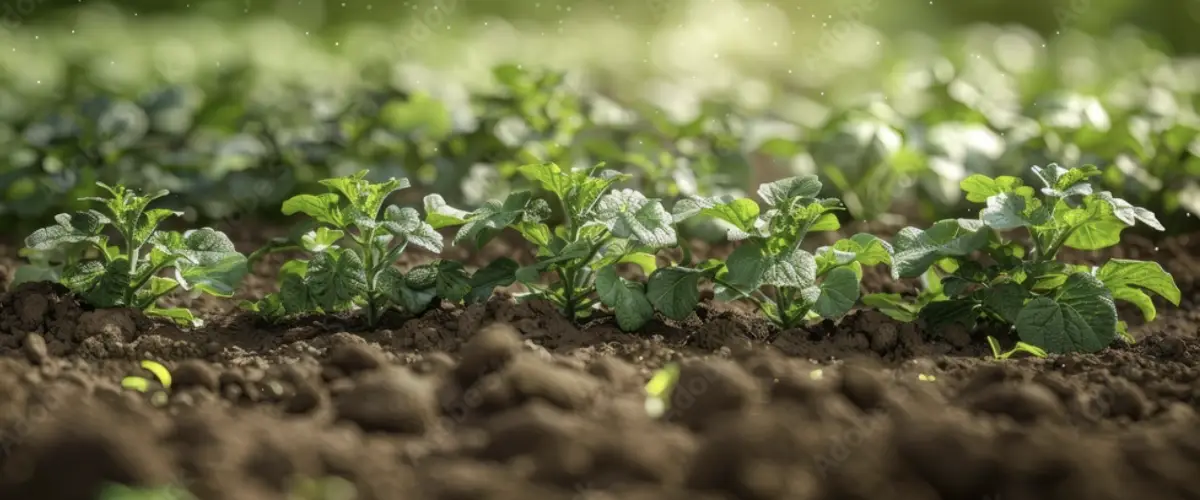
First, here’s a huge tip: You cannot wait until SHTF for this. Successful gardening involves work, failures, and successes. Building a garden and good soil takes some time. The sooner you start, the better.
I am not a master gardener. I am not an expert. I make mistakes in the garden regularly. But I learn from those mistakes. My gardening motivations and goals vary. However, one consistent goal has always been determining the best survival food (foods) to grow, just in case. If I could have some success (after having failed experiments along the way), I would be ahead of the curve and ready to go if I needed to implement SHTF survival. Well, here is my opinion…
Priorities To Consider
Calories and Favorable Long-term Storage are my priorities. I’d like you to focus on calories. Nutrition will fill in with variety. Some will store for many months without processing, while processing (e.g., home canning) may be necessary for others—plan for processing needs (home canning jars and equipment, for example).
Growing Survival Food is Mostly About Calories. Get the most for your efforts given your growing conditions and available space. Maximize production calories versus garden space by choosing higher-calorie vegetables. Survival in this context is about calories.
My favorite survival foods to grow are potatoes, winter squash varieties (butternut, acorn), parsnips, beets, turnips, rutabaga, and corn (corn depends on available space).
However, Potatoes are my number one choice, hands down.
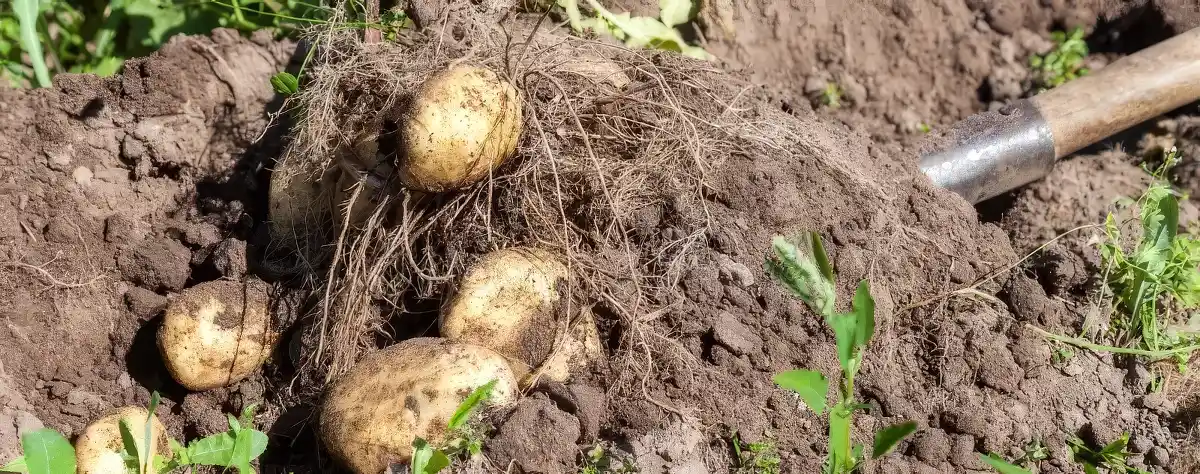
Potatoes Are The Best Survival Food To Grow
For me, it is all about potatoes. That’s my number one choice for the best survival food to grow. I will also grow several other survival foods. Keep reading for more recommendations.
Although this varies to an extent, the following is a good guideline for estimations. A potato has approximately 26 calories per ounce (e.g., Russet or Kennebec). The general average size of a medium potato is about 8 ounces. Therefore, an average-sized medium potato may have about 208 calories. To provide perspective, if potatoes were the only thing you ate, that’s the equivalent of 10 medium-sized potatoes daily for survival (2,000 calories per day).
From a square-foot perspective, based on two seed potato plantings per square foot, you may harvest approximately two pounds of Russets or Kennebec varieties, which is about 800 calories. However, this will vary depending on soil conditions, pests, or other problems that may arise (ask me how I know).
The Kennebec Potato Is The Best Variety For Survival

Russets and some other varieties are good, too. However, my favorite potato to grow for survival is the Kennebec. Why? The Kennebec variety produces high yields and stores the longest compared with others (mine have made it 5 – 8 months under ideal conditions).
Potatoes (from a square foot perspective) are among the highest calorie yields you will find.
The Kennebec potato can be ready to harvest as early as 80 days (although I let them go longer for bigger yields and bigger potatoes). These reasons make the Kennebec a perfect survival potato choice. I grow them every year and save a portion as seed potatoes for the following growing season.
TIP: During the winter months, it’s simple and cost-effective to pick up a quantity of potatoes at the grocery store and store them in a cool, dark place. You might keep them in cardboard boxes and layer the potatoes between paper bags or newspapers. After several months, they will form sprouts and become ready to plant in the Spring (yes, grocery store potatoes will eventually sprout, too). However, seed potatoes are ideally the best choice. You may find them in the springtime from your local farm stores, hardware stores, big box stores, and many stores that sell gardening-related products.
I may earn commission (no extra cost) if purchased.
Thank you
Kennebec Seed Potatoes
Amazon
Sweet Potatoes (24 Cal/oz.). These delicious yellow/orange-colored tubers have nearly the same calories as Russets or Kennebec varieties. Sweet potatoes are considered generally slightly more nutritious, and they do taste good! If you can grow them, go for it. I don’t have enough experience with them yet, but they will store well too, but not quite as long as the Kennebec.
Corn Is A High Calorie Survival Food To Grow – If You Have The Space
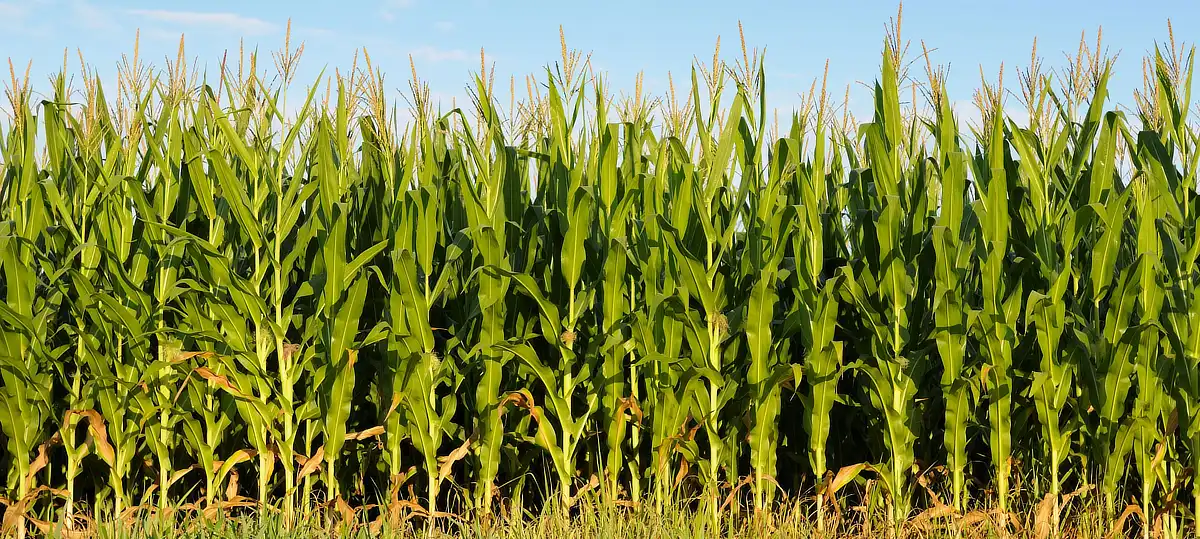
There are approximately 26 calories per ounce in corn kernels. On average, one medium-sized ear of corn yields about 3/4 cup of corn kernels, weighing about 5 ounces. That’s about 130 calories per medium-sized ear. To provide perspective, if corn were the only thing you ate, that’s the equivalent of 15 medium-sized ears of corn daily for survival (2,000 calories per day).
The average number of ears of corn that grow on a stalk varies depending on variety, growing season, density, rate of fertilization, and other factors. However, on average, one or two. For most mass agriculture, it’s usually one ear per stalk, which I would use for SHTF survival planning.
From a square-foot perspective, potatoes provide significantly more calories than corn. Based on average corn yields, a square foot will carry one stalk, which may yield one ear, which will produce about 130 calories. This is not an issue if you have plenty of space on a farm, etc.
Corn Seeds
Amazon
Long Term Storage Of Potatoes Versus Corn
Unlike potatoes, the problem with storing corn for the long term is the processing. You will need to cut off the kernels and process them using a home canning recipe and a pressure canner—a time-consuming ordeal requiring lots of canning jars, etc. You can blanch and freeze them, too.
However, potatoes can be stored as is, providing a convenient and easy solution. Compared to corn, which requires more effort, potatoes win because they can last “as is” from roughly four to six months if stored properly. Ideally, if you have enough potatoes, you might pressure can some, too, which will carry over beyond the four to six-month storage period.
Other Survival Foods To Grow
Remember any processing required to preserve the garden’s ‘survival food’. You can only eat so much fresh before it begins to go bad. Processing and storage methods are key for long-term ‘survival food’ from the garden.
Parsnips
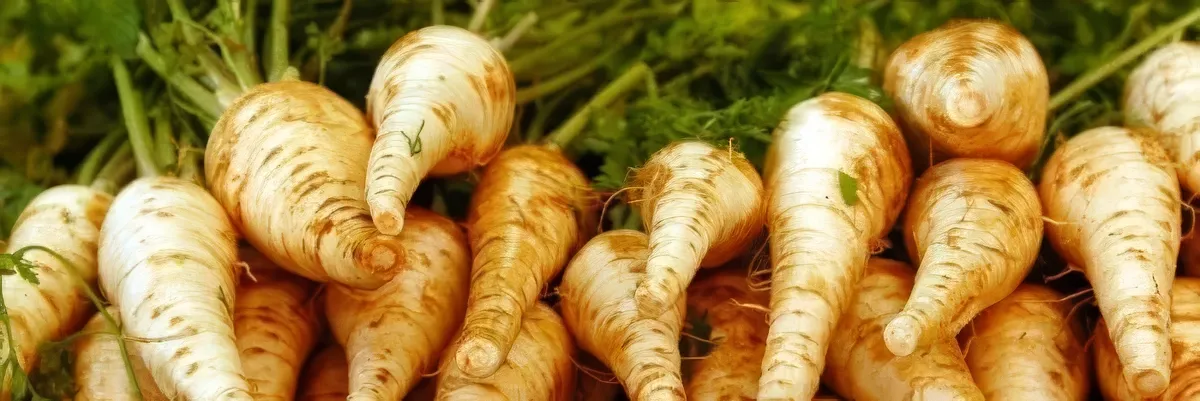
Parsnip Seeds
Amazon
Parsnips have approximately 22 calories per ounce. They are like carrots but different. They taste like a cross between a turnip and a carrot. Not everyone likes them. You should buy some first and try it yourself. Since I don’t object to their flavor and given their calorie density, they are another choice among the best survival foods to grow. Parsnips can last up to 6 months in a root cellar-type environment. They are easily canned, too.
Winter Squash
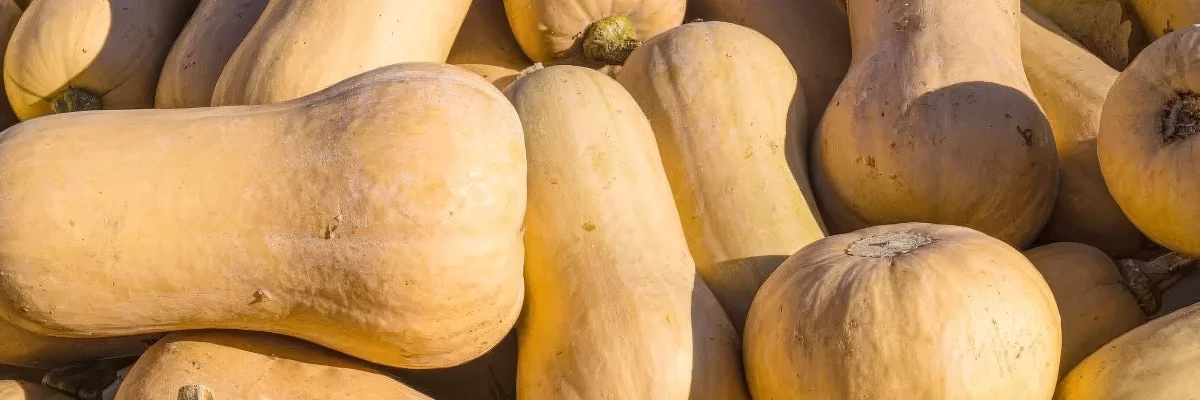
Butternut Squash Seeds
Amazon
There are approximately 20 calories per ounce in Winter Squash varieties. Examples include Acorn, Butternut, and Hubbard. Butternut Squash will store well for 2-3 months, while Hubbard’s will last about twice as long. I do like Butternut Squash…
Beets
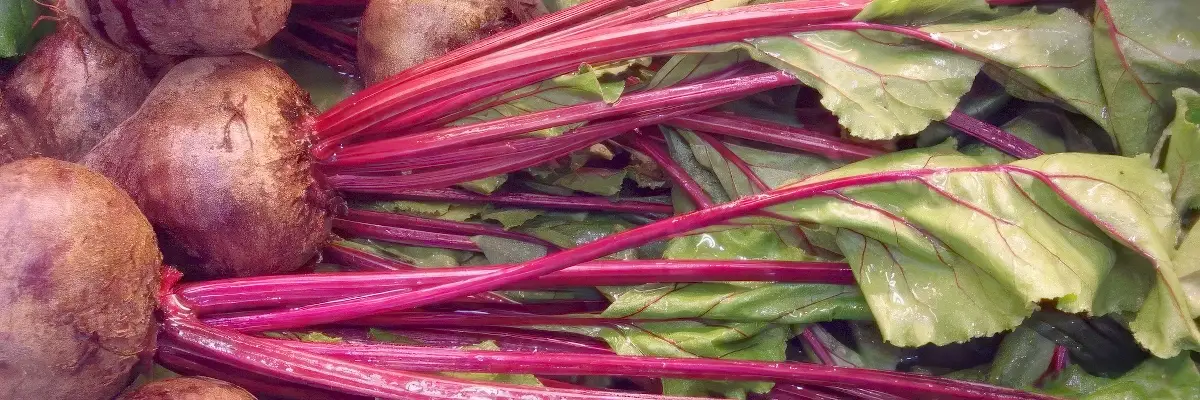
Beet Seeds
Amazon
Beets have approximately 18 calories per ounce. I like Beets. They grow to maturity fairly quickly. Although some claim longer, my experience has been that beets will store in root cellar-type conditions for several months. Pressure canning, too. Last year, I grew Detroit Dark Red beets (wow!).
Carrots
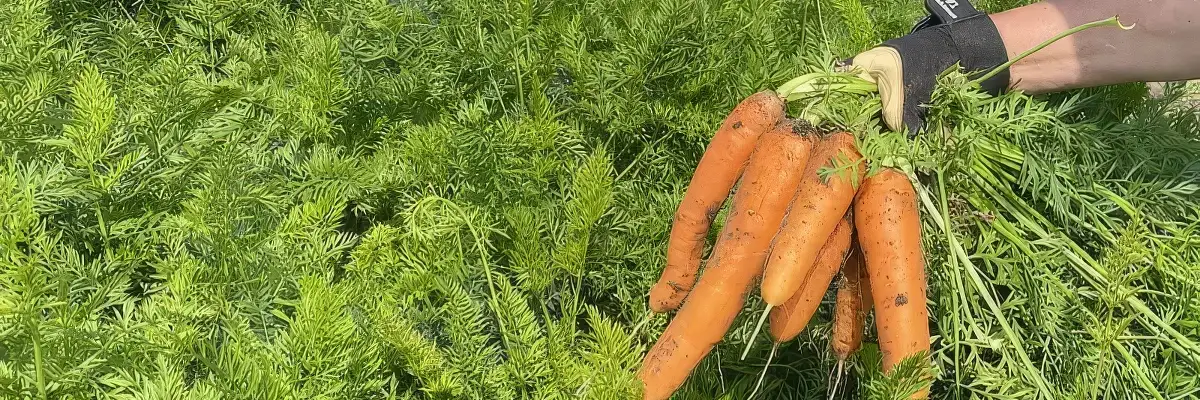
Carrot Seeds
Amazon
Secondary survival foods to grow include Carrots (12 calories/oz.). I call it secondary only because we’re now in lower calories per ounce. With that being the case, you can pack a lot of Carrots into a space. My last experiment with Carrots yielded about 400 in a 4×8 raised bed! I spaced them closer together than recommended, but they all thrived. After trimming, I had about 90 pounds of product, which went into 70 quart jars for home canning! Carrots may last up to 6 months in a root cellar environment.
Rutabaga
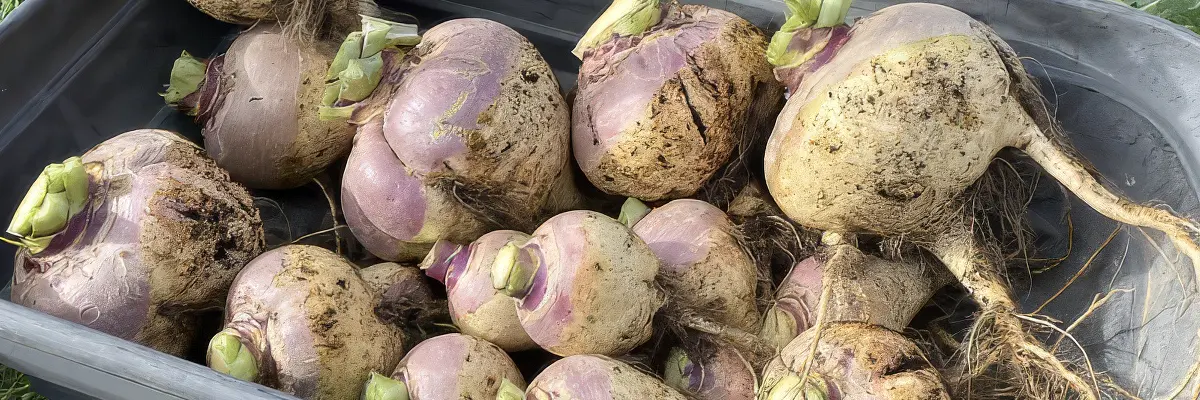
Rutabaga Seeds
Amazon
Rutabaga has about 12 calories per ounce, similar to carrots. I recently grew some of these, and they thrived! They are like turnips but not as turnipy. My storage time was not great, but they did last about two months in a cool/dark place in my storage/shop building. These could be processed, too.
Variety is preferred. From the standpoint of a survival garden (literally), it’s all about calories and what you can grow in your location. Most vegetables are low in calories. Choose those which are highest. From there, add variety and your favorites. For example, even though low in calories, who can’t resist the delicious reward of growing tomatoes? Or your own bell peppers?
As I type this, it’s Spring. Time to get going on that garden!
[ Read: Home Canning Carrots ]
[ Read: Rutabaga Garden Experiment Was A Success ]
Among the highest priorities for survival is safe drinking water.
AlexaPure Pro Gravity-Powered Water Filtration
Tested against NSF/ANSI 53, NSF/ANSI 42


What are the calories in Yukon gold, blue and red potatoes?